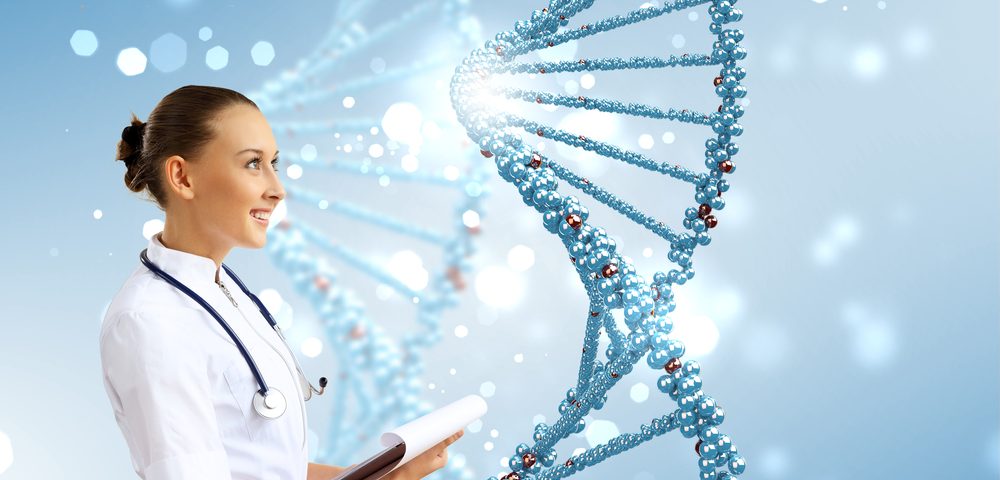Researchers have analyzed the effects of nearly 4,000 mutations deliberately induced into the BRCA1 gene, one of the genes that increases the likelihood of developing breast cancer and ovarian cancer when mutated.
Their findings may help guide the interpretation of genetic testing results regarding this gene and allow more informed and better clinical decisions.
The study, “Accurate classification of BRCA1 variants with saturation genome editing,” was published in the journal Nature.
BRCA1 is a key tumor suppressor protein, essential for one of the main DNA-repair pathways. Certain mutations (also called variants or changes) in the BRCA1 gene can cause an increase in unrepaired DNA, increasing the chance of cells developing additional genetic alterations that can lead to the development of cancer.
Women with hereditary BRCA1 mutations have an increased risk of developing breast and ovarian cancers at a younger age than women who don’t have these variants, and to have more more aggressive types of breast cancer. So the early detection of harmful BRCA1 mutations has great relevance for future clinical decisions.
However, most currently known BRCA1 mutations are classified as variants of uncertain significance, meaning their implications in BRCA1 function and cancer risk are still unknown. (While there is no report linking these mutations with cancer, it does not mean they cannot cause it.)
Therefore, there is a chance that women who carry harmful BRCA1 mutations are not identified through genetic testing, and therefore are not given appropriate options that might allow them to avoid breast or ovarian cancer, or detect it in its more treatable stages.
Researchers at the University of Washington in Seattle have now developed a new approach called saturation genome editing to induce and evaluate the effect of thousands of mutations in regions of the BRCA1 gene that are critical for its tumor suppressor function.
“We are basically categorizing all of the possible changes across critical regions of the BRCA1 gene as either behaving like disease-causing mutations or not,” Greg Findlay, the study’s first author, said in a press release.
The team deliberately caused every possible mutation in the BRCA1 gene in specific human cells grown in the lab that are known to die without a functional BRCA1 protein. This allowed them to assess which mutations caused a nonfunctional BRCA1 protein, or changed its normal production.
The mutations were induced through CRISPR, a gene editing tool that can be customized to induce every possible mutation — even those which have not been detected in humans yet — in a specific genetic region.
Researchers were able to evaluate the effect of 3,893 mutations — which corresponded to 96.5% of all possible mutations within the selected regions of the BRCA1 gene — over a six-month period.
Almost one-fifth of all analyzed mutations were found to cause changes in BRCA1 function, including some previously considered as variants of uncertain significance, and these mutations could be associated with an increased risk of breast and ovarian cancer.
The obtained results agreed, in almost every case, with existing international data on the (harmful or not) effect of known BRCA1 mutations.
“We found that you can study changes in the BRCA1 gene in the lab, and they reflect with surprising accuracy what happens in a person with that variant,” the researchers said.
In a comment published in the same journal issue, Stephen J. Chanock, an expert in cancer susceptibility genes, noted that while this approach may revolutionize the classification of current variants of unknown significance, “it will be crucial to collect further clinical data to validate the exciting findings of this paper.”
The team is now planning to apply this approach to the entire BRCA1 gene over the next couple of years.

